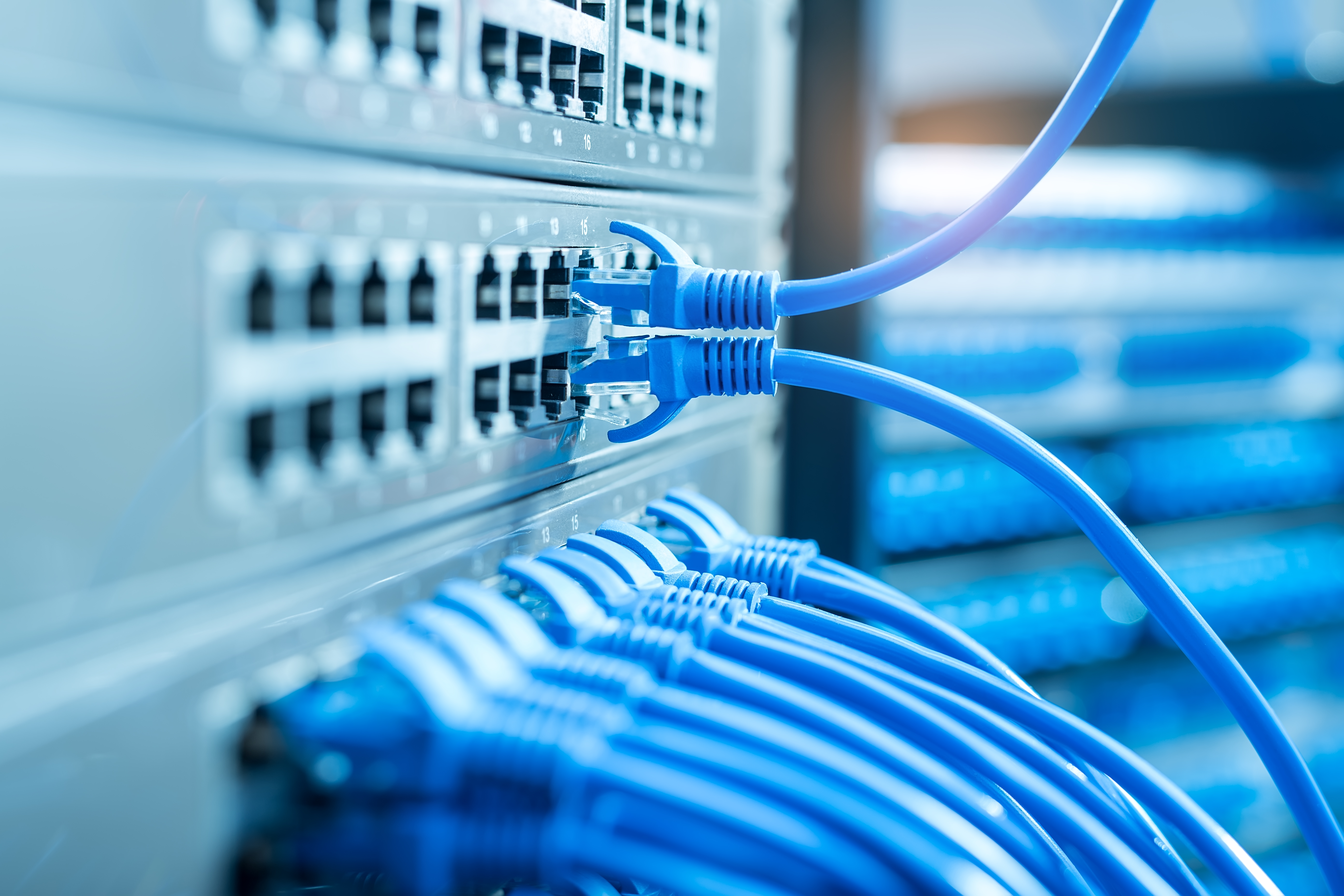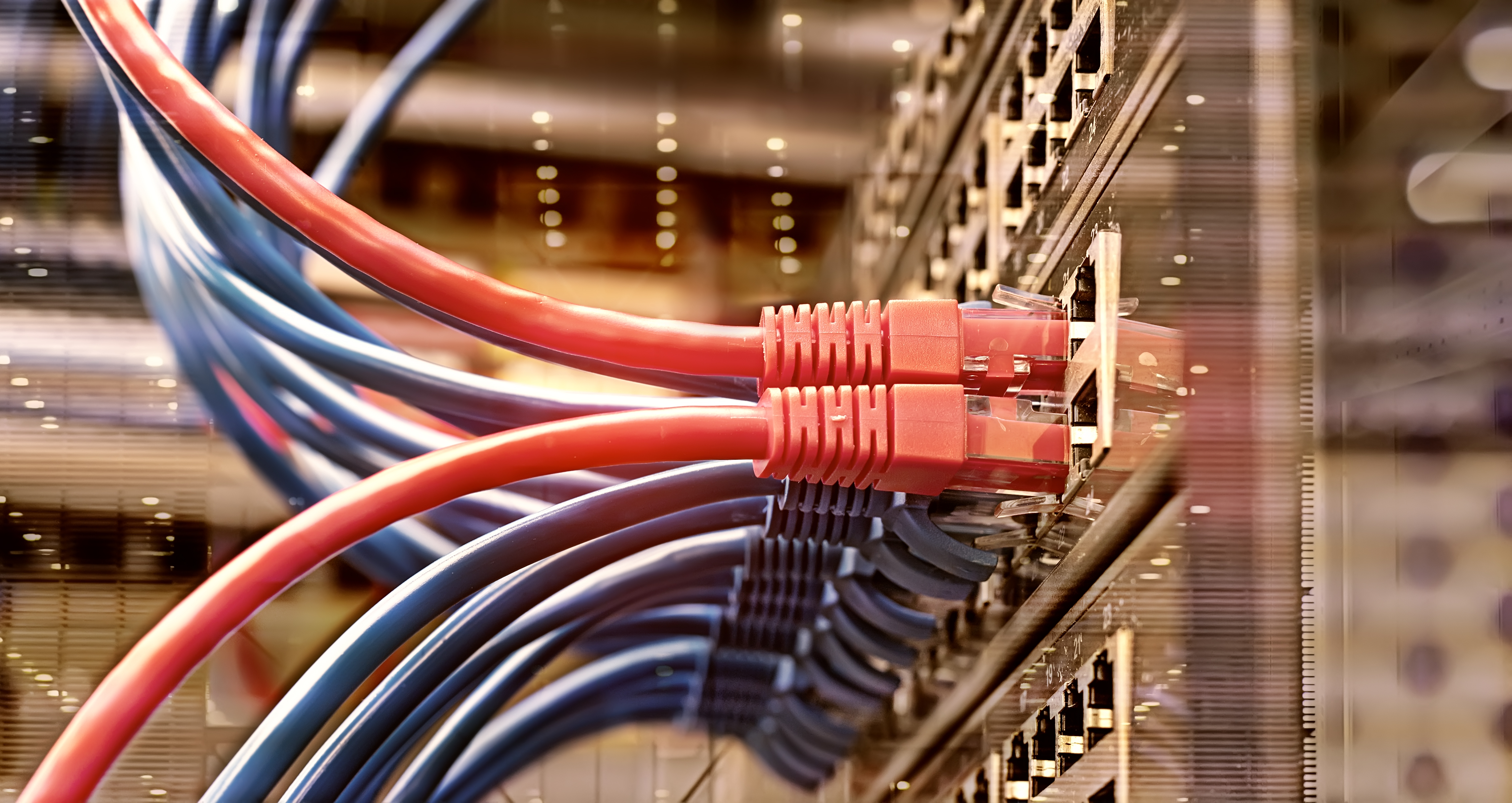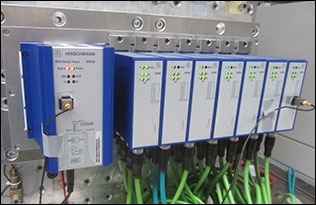Managed vs. Unmanaged Switches: Are They Really that Different?
When it comes to the inner workings of your wired industrial network, switches act as building blocks: They connect your devices over the network so they can transmit data to the right places.
When comparing managed and unmanaged switches, they seem fairly similar upon first glance: After all, they both connect devices for communication purposes!
But comparing managed and unmanaged switches is almost like comparing today’s smartphones with your very first 1990s mobile phone. Each device serves the same basic purpose—voice communication—but that’s where their similarities end. Your application determines which type of switch you need.
Unmanaged Switches: The Basics

Unmanaged switches serve only one purpose: to provide Ethernet devices with network connections so they can communicate with one another. Some consider an unmanaged switch to be “the man in the middle.” It serves its purpose well and adds additional ports to your network but it doesn’t offer intelligence and isn’t a visible network device.
Because they don’t allow for configuration or require setup, unmanaged switches cannot control network traffic; however, this also makes them easy to deploy. Simply plug and play! In industrial environments, unmanaged switches are often deployed across small networks, to connect edge devices or add temporary groups of devices to a larger network.
Surveillance cameras are a real-world illustration of where an unmanaged switch might be used. Once a camera records and collects street activity, for example, it sends that data to the unmanaged switch it’s connected to (which is also collecting data from other cameras, depending on how many ports it offers). The unmanaged switch then sends the data to a managed switch and up through the network.
When comparing costs between managed vs. unmanaged switches, unmanaged switches are always less expensive—but that’s simply because they don’t offer the same features that managed switches do.
Managed Switches: The Basics
Managed switches provide the same functionality as unmanaged switches—connecting Ethernet devices for communication purposes—but they offer additional features that unmanaged switches cannot. They could even be considered “smart switches” due to the levels of intelligence they bring to the network.

A managed switch makes it possible to manage, configure, monitor and troubleshoot issues with your network. Each switch has its own IP address for identification and addressing. You can create traffic controls, prioritize channels based on the importance of data, investigate performance problems, remotely deploy fixes and even create new virtual networks for segmentation purposes. You get to choose the ideal operating parameters for your network ports.
Managed switches provide a layer of security that unmanaged switches don’t. Because they can monitor and control network events, they can quickly shut down detected threats, prevent unauthorized access and encrypt communication. They also feature built-in redundancy so data is duplicated and can be recovered if a device or network fails.
In terms of applications, managed switches are most often deployed as part of the industrial network backbone to monitor and control traffic. They’re also used to connect mission-critical devices to networks.
Energy parks are an excellent example of managed switches in use. They can “supervise” the entire system, continually checking on component status and collecting data to keep machines running smoothly. If a data connection breaks, the switch recognizes it and shifts to another port, allowing the machine to keep going while it sends a report to appropriate staff about the broken connection.
Managed vs. Unmanaged Switches: Which is Right for You?
Still not sure whether a managed or unmanaged switch is right for your application? It really comes down to these four questions?

- How much downtime can you accept? Even one minute of business interruption costs money. If downtime isn’t an option, then managed switches are the right choice. Built-in redundancy safeguards against downtime by providing an alternate data path. Managed switches also control traffic to make sure the most important information gets through, can prevent traffic from causing malfunctions and allow individual control of switch port access for each network user.
- How important is security? Is there a lot of highly sensitive data being transmitted across the network? If so, then managed switches are the most appropriate choice. They allow for network segmentation and can limit network access to only trusted devices and authorized users.
- Do you need control over switch settings? If you want to be able to manage, configure and monitor LAN settings—including traffic, channel prioritization, etc.—then managed switches will allow you to do so.
- Do you want to be able to remotely access and monitor your network? Managed switches can provide updates on network status, notify you of potential problems and let you troubleshoot and correct issues. This may even reduce the need for 24/7 onsite staff monitoring.
Managed and Unmanaged Switches from Belden

To help you connect vital devices to your network and make sure they can communicate effectively, Belden offers complete lines of unmanaged and managed switches designed to keep going in harsh industrial environments that expose devices to dirt, dust, vibration, electrical noise and temperature fluctuations.
Our unmanaged switches reliably connect devices with plug-and-play simplicity, offering options for a variety of network needs—including PoE ports to supply power to devices.
Our managed switches are designed to support growing bandwidth needs and next-generation networks that need to ensure uptime and security. To ensure performance, Belden continually rolls out no-cost updates to its managed switches.
No matter which Belden switch you choose, you can be confident that it’s built to last. (Our switches last so long, in fact, that, when I visited a customer’s mining site a few years ago, I was shown a switch that had been housed underground for more than a decade. Even though it wasn’t intended for a burial application, it had continued to perform flawlessly for over 10 years.)
![System.String[]](https://assets.belden.com/transform/7d9664bf-965d-4965-a32d-382a9829c061/Author-Belden-Logo-sm-blue-2020-10?io=transform:fill,width:300,height:300)